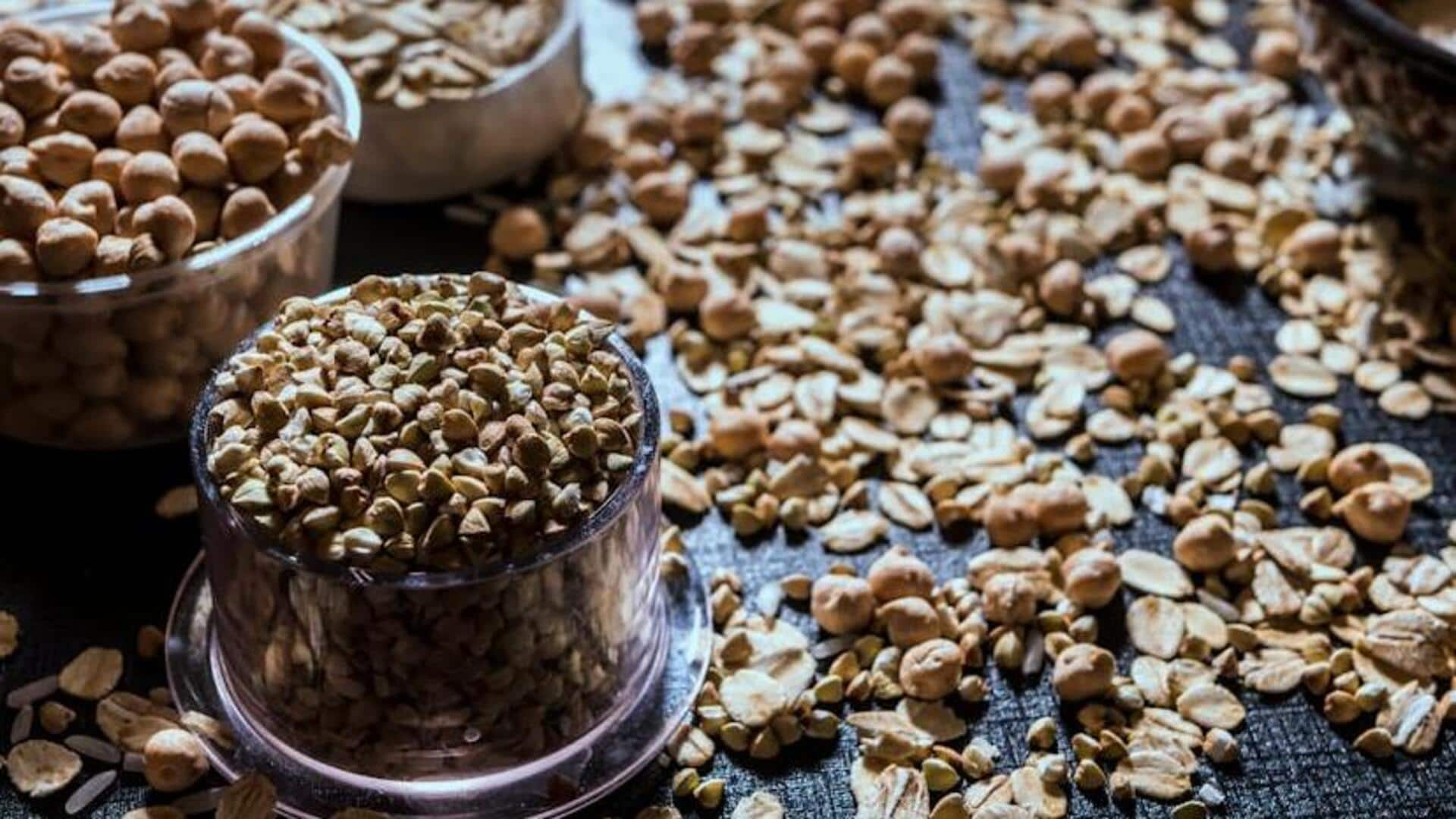
Essential grains and tubers in West African cuisine
What's the story
The heart of West African cuisine lies in its staple grains and tubers. These foundational ingredients, around which traditional dishes are built, serve as more than just sustenance. They are a testament to the region's agricultural ingenuity and cultural heritage, woven into the fabric of everyday life. Delving into these staples unlocks a deeper appreciation for West African culinary traditions and their integral role in daily life.
Rice
Rice: The versatile staple
Rice is the backbone of West African cuisine, the star player in dishes like Jollof rice, a beloved one-pot meal bursting with spices, vegetables, and occasionally fish. Cultivated widely in nations such as Sierra Leone and Nigeria, rice thrives in West Africa's diverse climates, providing a dependable harvest for local farmers.
Cassava
Cassava: A root of importance
This humble tuber undergoes a transformation into various forms - think garri (granulated flour), fufu (imagine playdough), and even tapioca - opening up a world of possibilities in the kitchen. Hailing originally from South America but adopted wholeheartedly into West African culinary tradition, cassava dishes out a hefty serving of carbs for millions.
Millet
Millet: The ancient grain
Millet is a staple food with deep historical roots in West Africa; it has been grown there for 10,000+ years. Its hardy nature makes it particularly important in arid regions, where it can thrive even in difficult growing conditions. Ground into flour for porridge or fermented for traditional drinks, millet's versatility shines in many culinary preparations.
Yam
Yam: More than just a tubercle
Yams, boasting over 600 varieties in West Africa, hold a deliciously sacred place in both diet and culture. Celebrated through vibrant events like Nigeria's New Yam Festival, which marks the arrival of the harvest season, yams are the ultimate culinary canvas. Whether boiled, fried, or pounded into a velvety paste called pounded yam, they serve as the perfect partner to rich, flavorful soups and stews.
Sorghum
Sorghum: The drought-resistant crop
Sorghum is highly valued in West Africa for its drought resistance, which is critical in semi-arid regions with unreliable rainfall. It's the secret sauce in traditional dishes like couscous and porridge, and you can't brew those tasty local beers without it! And this plant doesn't stop at the dinner table. Sorghum stalks find their way into building materials and fuel sources, highlighting its wide-ranging usefulness.